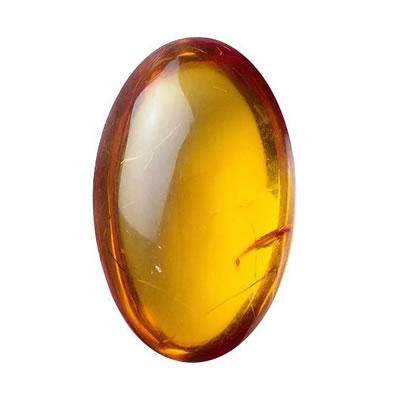Prehnite

Prehnite jewelry
Etymology and history
Prehnite can be confused with Hemimorphite. Prehnite is much harder and does not display blue through it. Prehnite is named after the Dutch Colonel, H. Von Prehn (1733-1785) and is an attractive collection mineral that is occasionally used as an ornamental stone. It can give off water when heated. This water cannot be reabsorbed.
Prehnite description
Prehnite is a rare gemstone that forms as a result of hydrothermal action in mafic volcanics and was named after the Dutch Colonel Hendrik Von Prehn who discovered the stone in the 18th century. In China it is also known as Grape Jade due to the nodule formations often having the appearance of a bunch of green grapes. Typical prehnite forms rather thick crusts with a rough or crystaline texture. Epimorphs (crystal growth over the surface of another mineral) over laumotite crystals are interesting and attractive. Usually the laumontite has dissolved away leaving the hollow crust of prehnite behind. The color can range from a pale green to a yellowish grass green, also gray, white, or colorless. Its usual color is a pleasant green and is unique to prehnite. Prehnites provides protection during meditation and promotes calmness. It is useful for anemia and blood disorders. Prehnite has been used to reduce high blood pressure and control hypertension.
Prehnite in jewelry
There are many jewelers who think that it is ill-advised to use moss prehnite in jewelry. This is absolutely not true. Moss Prehnite is excellent material to make rings, earrings, bracelets, necklaces, pendants, brooches and pins. You will find here sparkling cabochons in various shapes set onto a large variety of jewelry settings.
Occurrence
Prehnite is a common mineral found in many localities with zeolites: Paterson, New Jersey; Farmington, Connecticut (yellowish); and Westfield, Massachusetts (bright green).
Talk to Our Jewelry Experts
Monday to Friday from 9AM to 5PM EST













